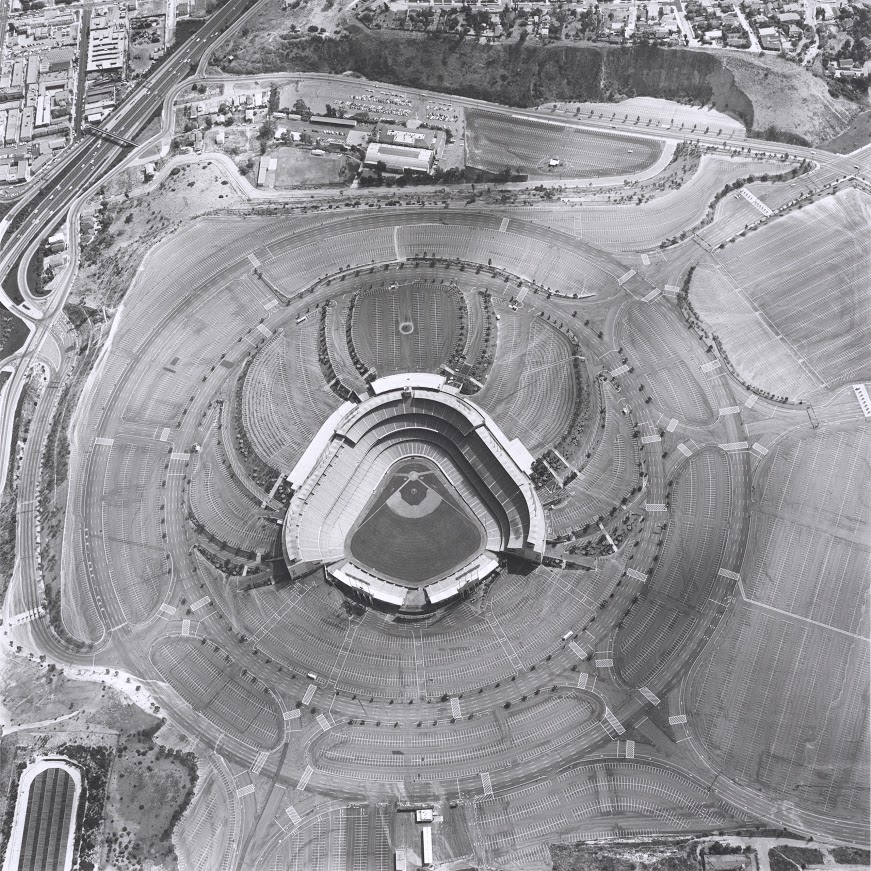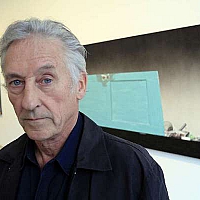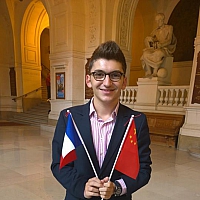
STANDARD STATION, AMARILLO, TEXAS, 1962. Gelatin silver print, 4 15/16 x 5 1/16 in. Whitney Museum of American Art, New York. Purchase, with funds from The Leonard and Evelyn Lauder Foundation, and Di
Fine Arts Museums of San Francisco 50 Hagiwara Tea Garden Dr CA 94118 San Francisco États-Unis
The Fine Arts Museums of San Francisco are pleased to present Ed Ruscha and the Great American West, an exhibition that explores Ed Ruscha’s engagement with the American West and its starring role in our national mythology. This world-premiere exhibition has been organized by the Fine Arts Museums and includes 99 works by one of the world’s most influential and critically acclaimed artists. The Fine Arts Museums have a long relationship with Ruscha, having acquired the artist’s complete graphic archive in 2000, including all published editions of his prints and a pledge to receive those made in the future. The Museums also commissioned an expanded triptych of the painting A Particular Kind of Heaven for the opening of the de Young’s new building in 2005. This exhibition draws heavily from the institution’s permanent collections, while reinforcing a commitment to bringing major exhibitions of postwar American art to audiences in the Bay Area.
“Ruscha is adept at using all media, including prints, drawings, photographs, paintings and artist books, to explore different subjects or themes over time,” says Karin Breuer, curator in charge of the Achenbach Foundation for Graphic Arts at the Fine Arts Museums of San Francisco and organizing curator of the exhibition. “These can reflect physical changes or his own thinking about them.” In 1956, at the age of 18, Ruscha left his home in Oklahoma and drove a 1950 Ford sedan to Los Angeles, where he hoped to attend art school. His trip roughly followed the fabled Route 66 through the Southwest, which featured many of the sights—auto repair shops, billboards, and long stretches of roadway punctuated by oil wells and telephone poles—that would provide him with artistic subjects for decades to come.

DODGERS STADIUM © Ed Ruscha
Nine sections will reveal Ruscha’s fascination with the evolving landscape and iconic character of the “Great American West” in symbolic, evocative, and ironic renditions. These include works that depict the region as it is experienced through the windshield of a car—a vast, wide-open prospect—and others that display Ruscha’s interest in built environments such as tacky buildings like those along the Sunset Strip, or the endless asphalt of urban sprawls. The gasoline station has long been an important element of Ruscha’s work, and a photograph taken in 1962, Standard Station, Amarillo, Texas, became the basis for several of his best-known paintings and prints. The exhibition also will include works that comment on Los Angeles and its cultural touchstones, including his famous “Technicolor” renditions of the Hollywood sign, and other subjects that symbolize the romantic aura of the film industry as well as its excesses, obsessions and anxieties.
Ruscha is famous for making a word or phrase the sole subject of an artwork, often depicting the same word in a variety of forms such as poured liquids, cut ribbons, spray paint, or a favorite typeface that the artist calls “Boy Scout utility modern.” The exhibition concludes with works that include the words “The End,” possibly alluding to the end of cinematic illusion, the end of a romantic vision of the West, or the literal end of a continent—the edge of the Pacific Ocean, where Route 66 ends.
Ruscha continues to work steadily at the age of 78, and this exhibition will include prints made as recently as 2014. He maintains a studio in the California desert, and makes regular road trips though the spare, evocative, occasionally absurd landscapes that first inspired him as a young man. Ruscha has now worked in California for more than 50 years, and this exhibition celebrates his long commitment to exploring the American West as both romantic concept and modern reality.
Press release Fine Arts Museums of San Francisco


